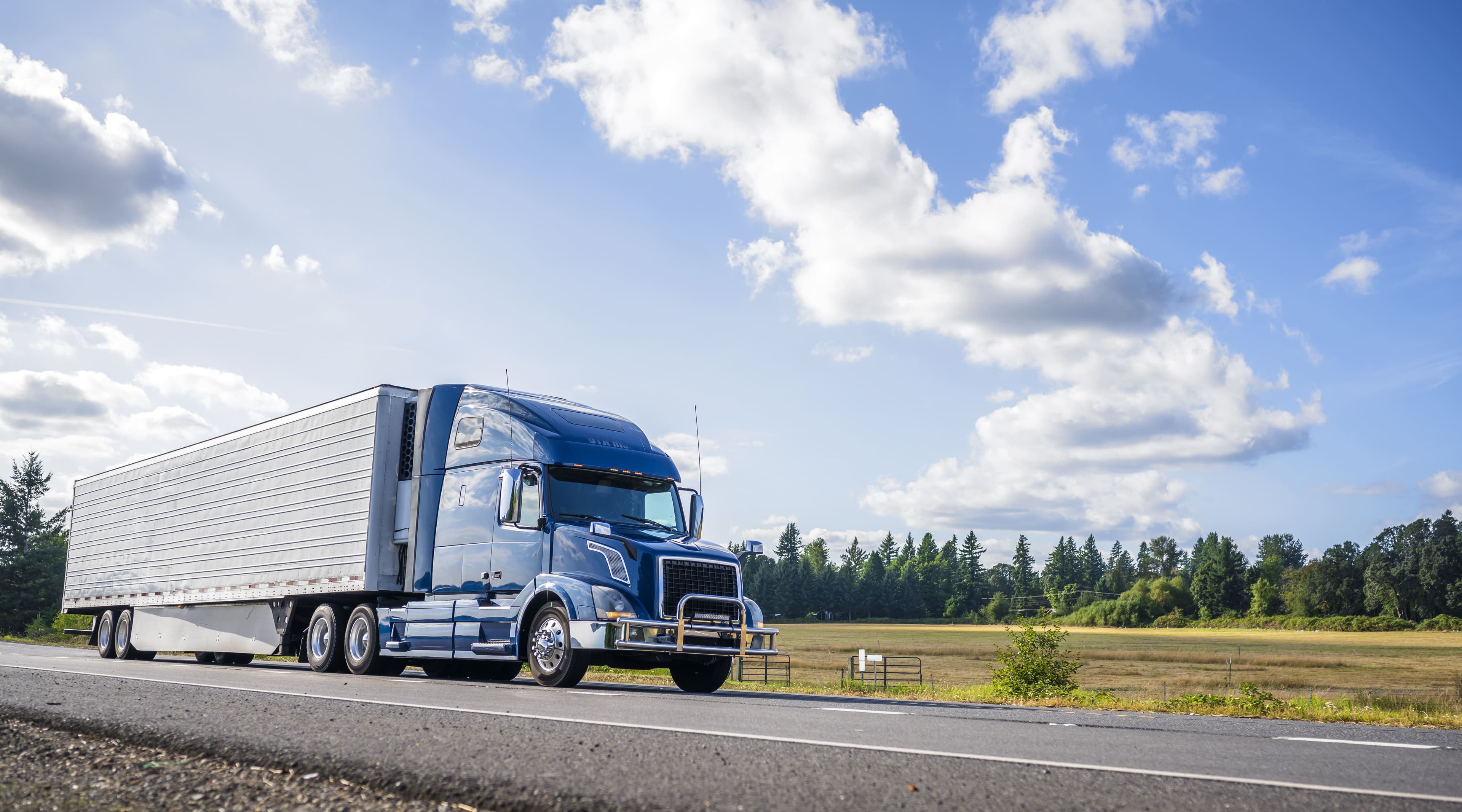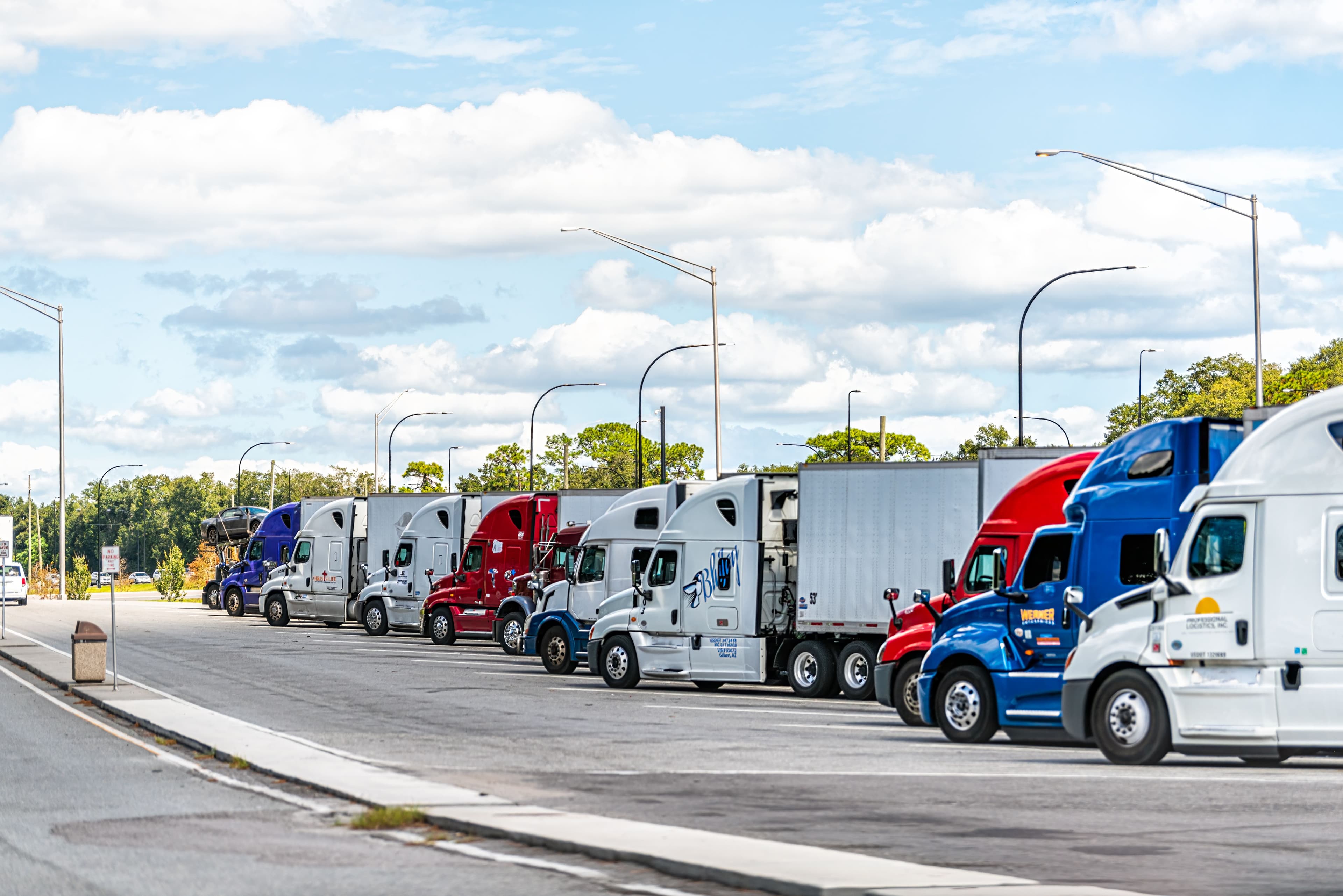Breakthrough’s Capac-ID Methodology

Trending
Top Posts
6 min read
March 27, 2019

Share:
Table of contents
Browse the table of contents to jump straight to the part you’re looking for
As April 1 Canadian carbon taxes are applied, shippers should expect carriers to reach out to negotiate rate increases, or increased accessorial costs associated with their Canadian and intra-Canada freight—unless they employ market-based fuel reimbursements which account for these changes automatically. Fuel Recovery is one of the only solutions in the marketplace that ensures accurate and transparent fuel reimbursements in near-real-time regardless of changes in the fuel tax landscape.
In an effort to take a bold stance against contributing to the effects of climate change, and to remain in adherence to the Paris Agreement, Canadian Prime Minister Justin Trudeau and his supporting Liberal Party passed the Pan-Canadian Framework in 2016. The Pan-Canadian Framework outlined a course for the federal government to address climate change while dedicating themselves to cleanly grow the economy. Canada’s resulting emissions target was set at 30 percent below 2005 levels by 2022.

Carbon pricing associates cost with harmful emissions produced, and then allocates that cost accrued towards the furthered research and development of cleaner technologies and operations.
Transportation accounts for over 25 percent of Canada’s total greenhouse gas (GHG) emissions according to the Canadian government, following only the industrial sector (of which oil and gas is included). This makes the entire transportation value chain from well to wheel a significant contributor to carbon emissions, ultimately leading to the proposed implementation of carbon taxes that manifest in fuel costs for both over-the-road and intermodal shipping.
As outlined in 2016, the Pan-Canadian framework proposed fuel taxes implemented over 5 years—starting in 2018 and resulting in nearly 13.41 CAD ¢/L (40 ¢/gal) of diesel by 2022.

While British Columbia and Alberta already employ a flat carbon tax (and will see minor fluctuations if any on April 1, the majority of Canadian provinces will see the implementation of Carbon Backstop pricing to start Q2 2019.
The Pan-Canadian Framework requires overall GHG carbon emissions reductions but does not specify the exact means of accomplishing this. As long as the mechanisms are federally approved, provinces can employ any means of meeting the carbon reduction standards. While some flexibility is available, the two most viable means of accomplishing this are cap-and-trade or a flat carbon tax.
As seen in the map above, the western provinces will experience little to no change on April 1 because a flat carbon tax already existed. Additionally, Quebec and Nova Scotia currently utilize a cap-and-trade system that is satisfactory of the Pan-Canadian Framework’s goals.
The provinces highlighted in yellow—most notably Saskatchewan, Manitoba, Ontario, and New Brunswick will experience significant changes on April 1. These provinces will have a “carbon backstop” imposed upon them—indicating the need for government intervention to enact the flat carbon tax.
Of specific importance to shippers is Ontario which has the highest transportation volume among all provinces. Roughly 70 percent of the consumption of Breakthrough clients’ cross-border and intra-Canada shipments occur in Ontario. These changes will affect all shipments in the region and could result in significant cost fluctuations, depending on a shippers’ network volume in this province—as well as in others affected by the carbon backstop.
The stipulations outlined in the Pan-Canadian Framework have been met with varying degrees of compliance over the last few years. Prior to the framework, pre-existing carbon mechanisms in British Columbia and Quebec, as well as plans to launch a carbon program in Ontario and Alberta in 2017 led to optimism that all other provinces would follow suit.

In the two years since, however, the issue of carbon pricing has been key in party politics, polarizing liberal and conservative opinion and legislation at the provincial and federal levels. The result has been a drawn-out timeline of push-back and delays starting in December of 2017 when the carbon plan was delayed until present day. The enforcement date of the Pan-Canadian Framework’s carbon tax has demonstrated a propensity for last minute rulings that interfere with passage as was evident in 2017 and 2018. Both Saskatchewan and Ontario are currently in the process of appealing the constitutionality of the carbon mandate in federal court, further adding to the opaque future of the Pan-Canadian Framework.
Despite a history of delays, the passage of the federal carbon backstop mandate on April 1 shows no signs of being postponed (as of this post-date) and will bring the added cost of carbon to supply chains across the major provinces of Canada.
Carbon taxes of this magnitude are worth noting for shippers as they will affect diesel fuel costs in their transportation network for both over-the-road and intermodal shipments. As changes occur, it is normal and expected that many carriers will reach out to renegotiate rates to account for these changes. Without transparent and accurate reimbursement mechanisms, however, these conversations are cumbersome and difficult to navigate from lane to lane—let alone an entire network. The result is often an unfair representation of true cost, which creates winners and loser for supply chains with little to no visibility into their transportation energy spend.
Most shippers using traditional fuel reimbursement strategies rely on indices to calculate the cost of fuel to move their goods to market. Though widely used, indices are limited in their ability to accurately account for fuel costs along individual lanes or shipments introducing distortion. For this reason, industry best practice is the use market-based fuel reimbursements that fluctuate in near-real time with changes in the marketplace based on tax, time, price, and geography.
Fuel Recovery takes these changes into account automatically, eliminating the need to renegotiate rates with carriers every time tax changes are introduced. This creates a significant amount of extra time, effort, and resources to manage and often results in added accessorial costs. With Fuel Recovery carriers can be assured that they will be made whole on fuel as these changes are rolled out, and shippers can be confident the price they pay is accurate on every shipment for every lane—regardless of geographic or jurisdictional fluctuations along the route.
While the cost implications of Canadian Carbon taxes threaten to be large for shippers operating with networks in the region, the implementation of aggressive carbon policy at a federal level promises to promote the research and development of clean technology on a wider scale. Expansion of modes, development of alternative fuel options, and the emergence of new technology will be more likely and prevalent as a means of circumventing costs in the near to long-term future. This emphasizes the need for a more robust transportation energy management strategy to benefit from the evolving economical and sustainability benefits from advanced taxation practices like carbon pricing.
For information about how carbon pricing in Canada will affect supply chains, or how Fuel Recovery creates fairness and accuracy, please contact us.

5 min read
January 2, 2026
Stay ahead of Q1 2026 diesel fuel tax by state adjustments. See how changes in states like MI and NJ will impact your transportation spend.
Read more
6 min read
January 1, 2026
Learn what a fleet card is, how they work, and the top fleet card benefits. Our guide explains how the right fleet card program can save you money.
Read more
5 min read
December 31, 2025
Discover how to implement a mobile fueling program that boosts fleet efficiency and cuts costs. Our guide covers evaluation, partner selection, and integration.
Read more